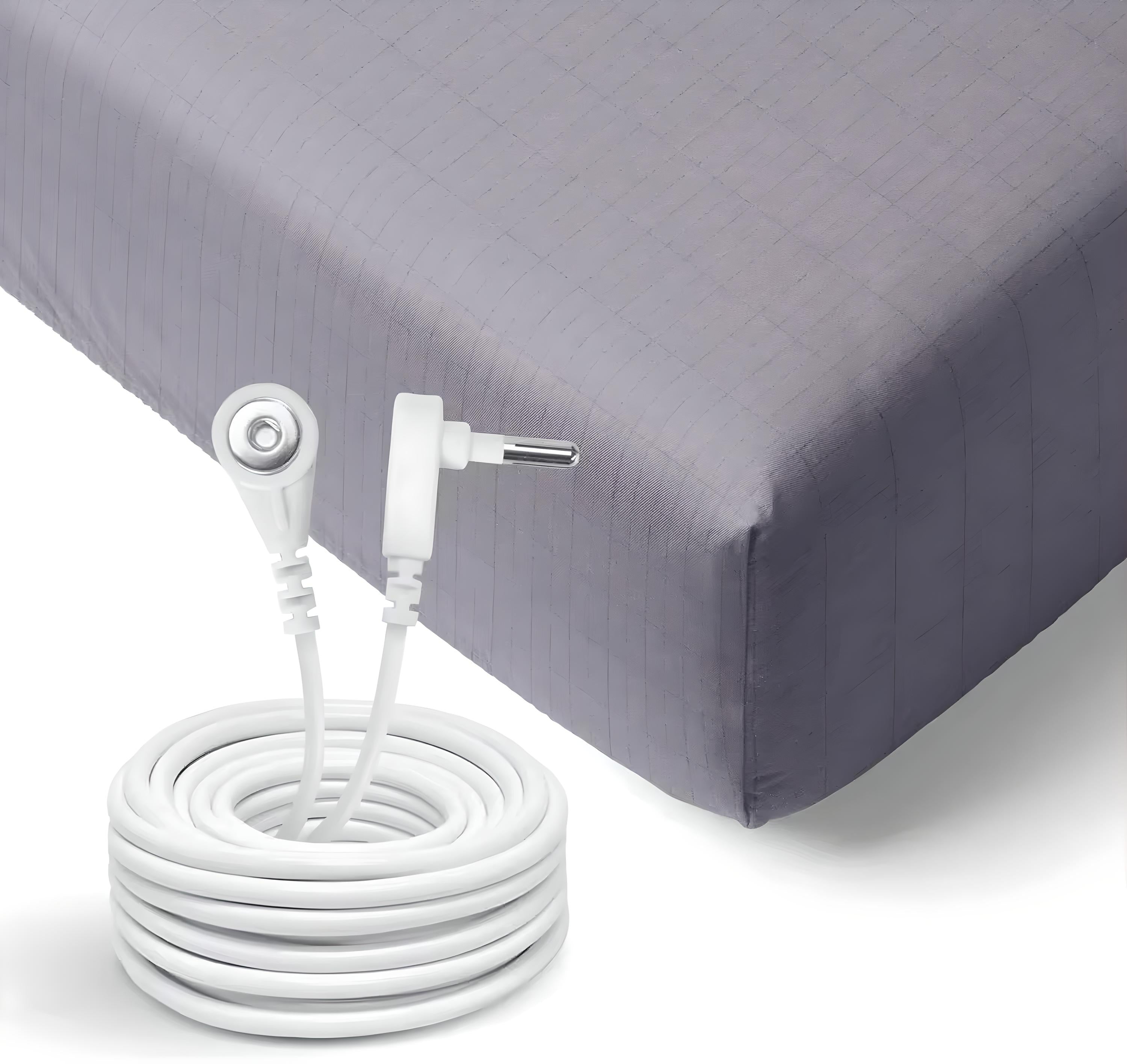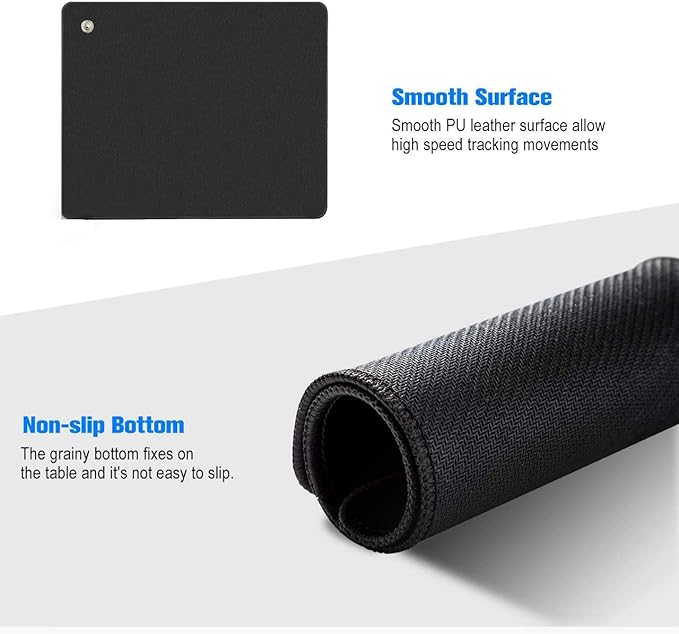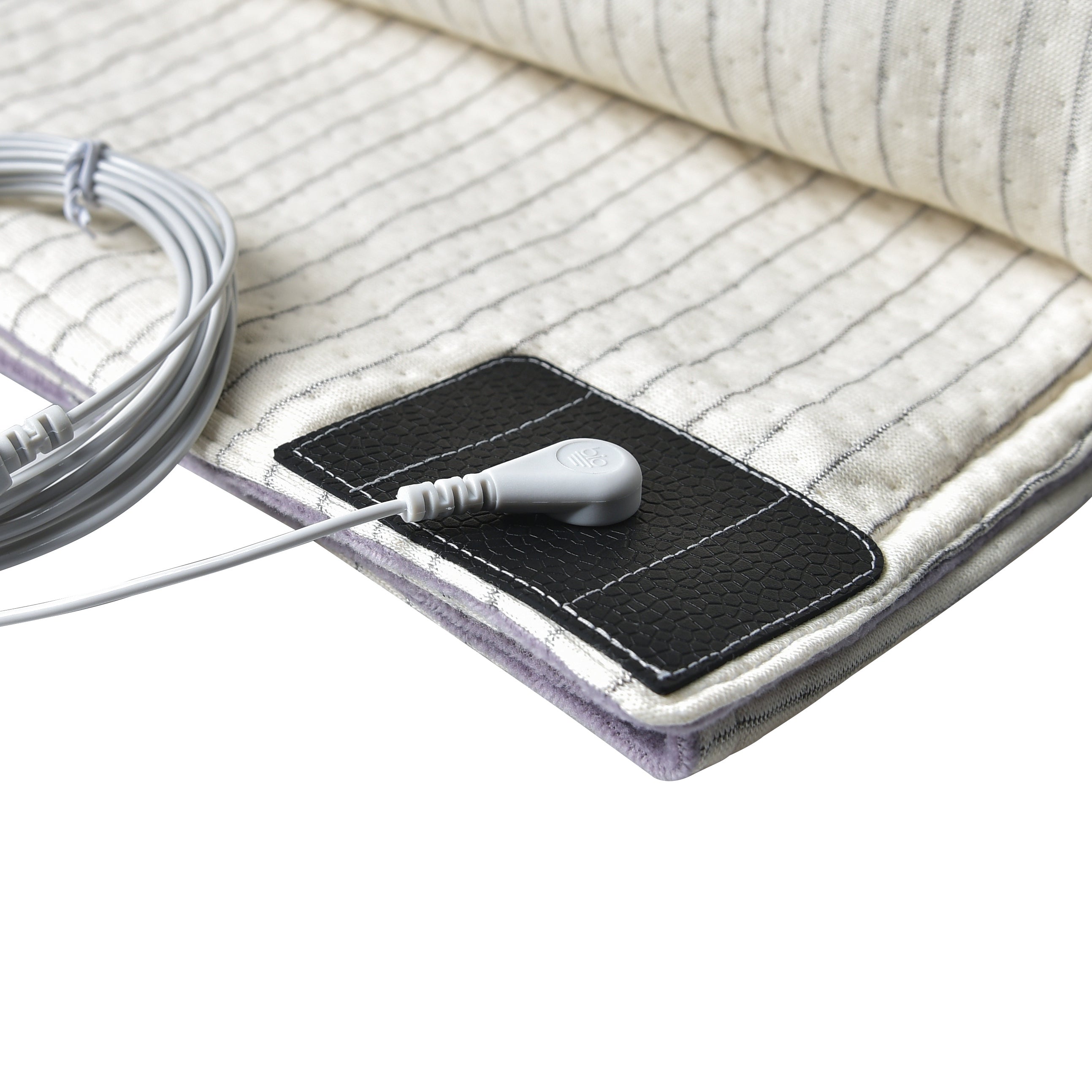Grounding, also called earthing, is the habit of showing direct physical touch with the ground. Walking barefoot on grass, dirt, or sand or using grounding tools will help you do this. Promoters claim that this relationship can help with many health issues, including better sleep, lower inflammation, and more well-being. On the effectiveness of grounding, the scientific community is still split. This blog seeks to examine the errors around grounding, look at the actual science, and consider its importance in our current life.
The Biological Basis of Grounding

Grounding is not only a hip wellness trend; it also appeals to basic facets of human nature. Our bodies are made of cells that create electrical signals, which are absolutely vital for preserving health. Advocates contend that by means of earth connection, one can help neutralize free radicals and restore our natural electrical equilibrium. Though some anecdotal data supports these assertions, thorough scientific validation is still much needed. Knowing the science of grounding helps one to distinguish between a valid health practice and only a placebo effect.
Debunking Common Myths
Many stories abound about grounding that can skew popular opinion. One popular belief is that grounding is a fad from the modern era devoid of historical importance. Actually, for millennia, different civilizations have realized the advantages of relating to the ground. Long connected with mental and physical well-being are traditional customs such as walking barefoot and spending time in nature. Furthermore, false is the belief that grounding calls for costly tools; the same advantages can be obtained just by being outside.
Emerging Research on Grounding Benefits
Research has begun to illuminate some potential benefits of grounding. Examinations show that grounding may help decrease rash, lower blood pressure, and improve sleep quality. Some researchers have even suggested that it can enhance mood and reduce stress levels. A few notable findings include:
• Decreased cortisol levels are associated with stress reduction.
• Improvements in sleep quality and duration.
• Enhanced recovery from physical exertion.
• Reduced pain and inflammation in chronic conditions.
Although these results show promise, the corpus of studies is continuously developing. Many research lack thorough controls or have tiny sample numbers, which makes it challenging to come to clear results. Critics argue for more thorough, peer-reviewed research to support the assertions made by ground-based advocates. This means that one should approach the subject with an open mind and still preserve reasonable doubt.
Grounding Techniques for Everyday Life
Including Grounding in your daily activities can be easy and gratifying. Walking barefoot on natural surfaces like grass, dirt, or sand is one of the several ways you might do this. Another helpful activity is spending time in gardens or parks. Furthermore, helpful is using grounding items such mats or sheets meant to link you to the electrical field of the earth indoors.
Conclusions
Although grounding offers interesting opportunities, additional scientific study is necessary to grasp its advantages completely. Although the assertions about grounding might not be agreed upon by everyone yet, the technique promotes a re-connection with the environment that might have several advantages. Earthbound acknowledges the need for these links and is committed to advancing general wellness. Grounding helps us to remember our natural connection to the environment around us and promotes both mental and physical wellness.















